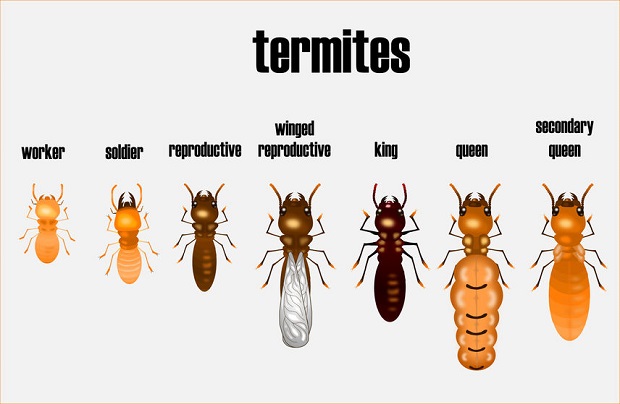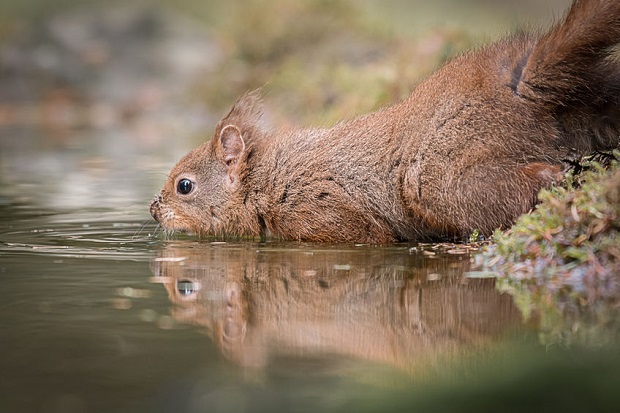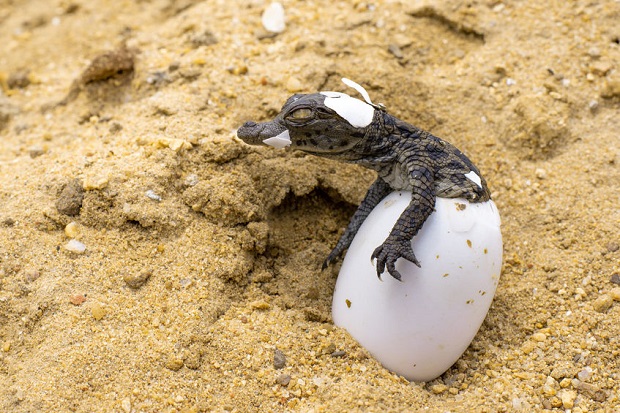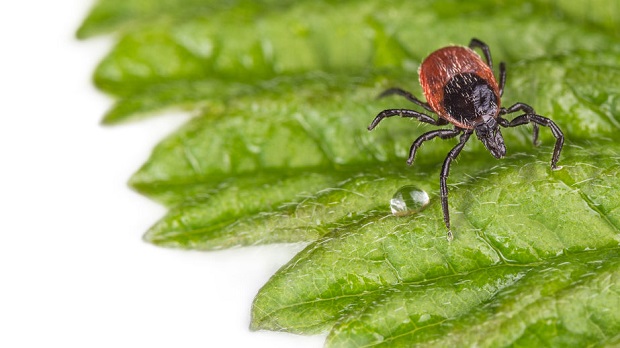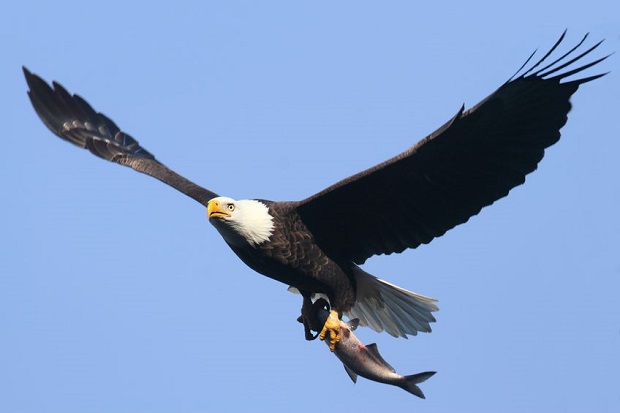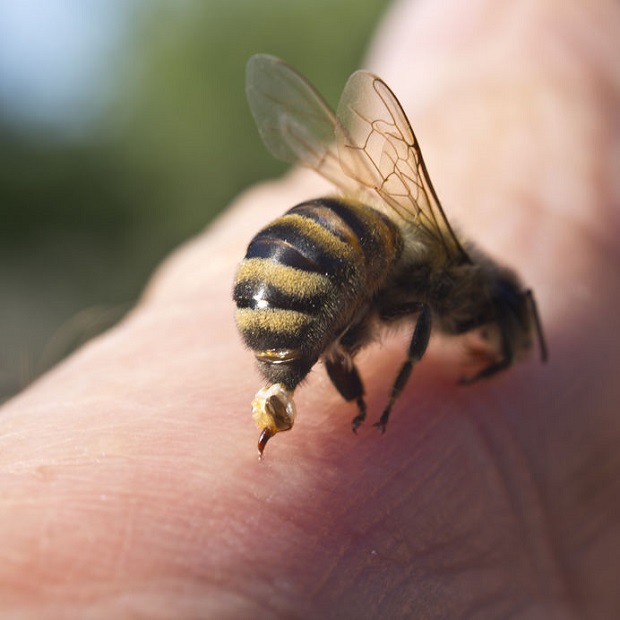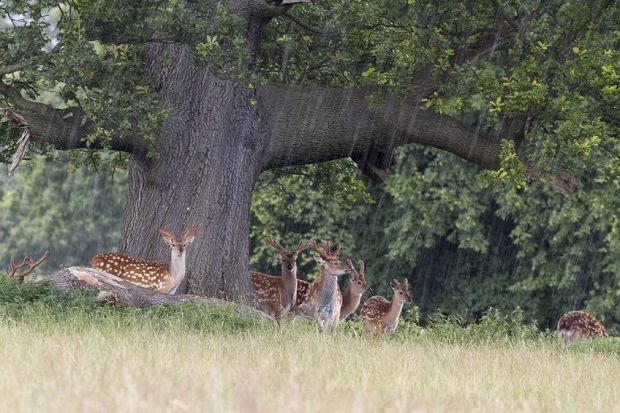
Do Deer Move in the Rain?
Deer do, in fact, move in the rain and, in many cases, are known to tolerate a slight to moderate rainfall, foraging or migrating as though they hardly notice the wetness. However, changes in temperature and humidity due to rain may affect deer mobility and affect it differently at different times of the year, with the most movement seen in winter and spring when temperatures were coolest and precipitation highest.
In 1970 in the Coast Range Mountains of northwestern Oregon, Frank Miller observed the activity of the black-tailed deer (Odocoileus hemionus columbianus) to be “sharply reduced” by heavy summer rain but unaffected by winter rainfall. Miller also found movement to become drastically reduced in the presence of temperatures of 60°F – 80°F or when temperatures became extremely cold and were accompanied by wind gusts. A shift in the direction of the wind can make deer feel uneasy with the difficulty of staying downwind of predators.
Indirect Effects of Precipitation on Movement
The movement of deer toward areas of higher precipitation has been noted and is especially evident in arid climates. A 1997 study in northeastern Mexico found a significant correlation between rainfall and the daily distance traveled. Places with more precipitation enjoyed a higher diversity of vegetation with more herb and shrub species that depend on seasonal rains, not to mention higher water availability and, thus, a higher density of deer. In times of abundant resources, deer make more of an effort to locate and select those foods that are high in nutrients, and they exhibit loyalty to seasonal migration sites, often returning to the same ranges year after year.
Resources
- Miller, Frank L . “Movements of the White-Tailed Deer and Their Relationship with Precipitation in Northeastern Mexico.” Journal of Mammalolgy 51.2 (1970): 248. JSTOR. Web. 1 Nov. 2012.
- McCullough, Dale R. “Relationship of Weather to Migratory Movements of Black-Tailed Deer.” Ecology 45.2 (1964): 249. JSTOR. Web. 1 Nov. 2012.
- Nicholson, Matthew C, and et al.. “Habitat Selection and Survival of Mule Deer: Tradeoffs Associated with Migration.” Journal of Mammalogy 78.2 (1997): 483. JSTOR. Web. 1 Nov. 2012.
